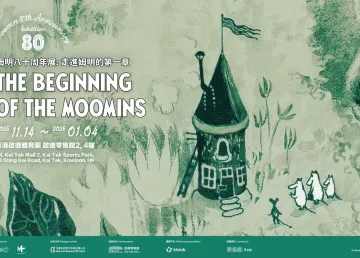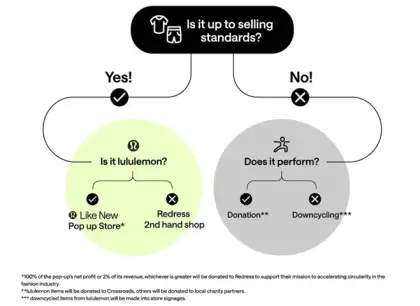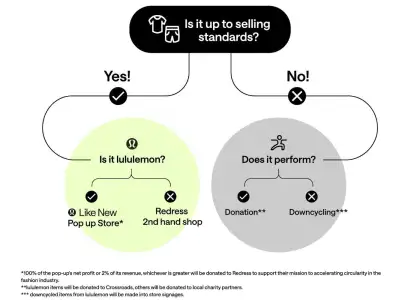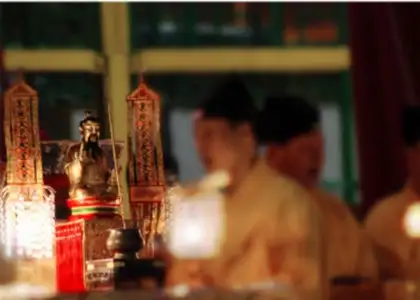Species Spotlight: Unsung Hero In Vaccine Production, The Horseshoe Crab
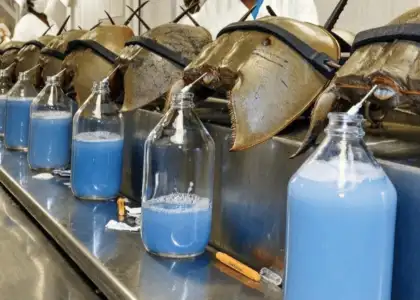
Introduction - What are Horseshoe Crabs?
Described as ‘living fossils’, the prehistoric horseshoe crab has roamed amongst dinosaurs and outlasted some of planet earth’s most unforgiving mass extinction events. Their fossil record dates back over 480 million years, a testament to how this marine life candidate from the Ordovician period was able to survive to the present day.
To most, the horseshoe crab is a bit of an unsightly creature. It doesn’t have cute paws, a crinkly snout, fuzzy fur, or anything that would prompt you to cuddle with it. But despite it’s below-average cuteness score, the horseshoe crab is full of charm in ways you wouldn’t be able to glean upon first glance.
Despite the nomenclature, the horseshoe crab is not a crab – rather, they’re more closely related to spiders and scorpions. The month’s series spotlight features these non-crab creepy crawlies that once thrived in the wetlands and coasts of Hong Kong.

History with Humanity
If you have ever received a vaccine or intravenous drug, chances are that a horseshoe crab has saved you from dangerous endotoxin entering your bloodstream.
Each spring, hundreds of thousands of horseshoe crabs clamber onto the mid-Atlantic shores across the United States. There, pharmaceutical companies gather to harvest their milky blue blood and return them to the ocean where many of them perish as a result of blood-letting.
The blood of the horseshoe crab contains the only known natural source of limulus amoebocyte lysate (LAL), which will clot and form a mass when it interacts with endotoxin. Trace amounts of endotoxins make their way into vaccines, artificial joints, and injectable drugs all the time, causing potentially deadly harm to the patient.
Regarded as a 20th century medical breakthrough that changed the production of vaccines, horseshoe crab blood was the FDA-approved standard method for testing medicines for endotoxin by the 1990s.
Aside from its’ contributions to vaccines and medicine, horseshoe crabs have also been farmed as food and as bait – with its’ eggs considered a local delicacy in Thailand.

Where do Horseshoe Crabs live? – Location
You can find horseshoe crabs on shallow coastal waters on soft or muddy bottoms in America, or along Asian coasts from Japan to India. They are most abundant in estuarine waters, which makes mangroves and wetlands a great place to spot a horseshoe crab.

How can I spot a Horseshoe Crab? – Identifiers
Horseshoe crabs look nothing like any other species of animal, save for a slight resemblance to an isopod if you’re squinting hard enough. Because of their unique shape, horseshoe crabs are fairly easy to identify. As their name suggests, their carapace (boney shell covering the back of an animal) is shaped like a horseshoe, also sharing the faint visage of a stormtroopers helmet.
The underside of a horseshoe crab reveals more, including their legs, mouth, and book gills (otherwise known as ‘book lung’, used for respiratory gas exchange). Wagging out from the end of their carapace is their sharp tail-spine.

Horseshoe Crabs in Hong Kong
You can find two out of the four species of horseshoe crabs in Hong Kong – namely, the Chinese horseshoe crab (Tachypleus tridentatus) and the mangrove horseshoe crab (Carcinoscorpis rotundicauda).
Fishmongers and trawlers occasionally come across horseshoe crabs when fishing in waters off Sai Kung, Lamma Island, and Lamma Island. Juvenile horseshoe crabs are found on some sandy beaches of mudflats in Deep Bay and Lantau Island.

What Do Horseshoe Crabs Eat? – Diet
Horseshoe crabs feed on algae, marine worms, clams, molluscs, and dead fish found in estuarine waters – using their chelicerae (pair of small appendages) to shovel food into their mouth, located in the centre of their legs.

Why you should care about Horseshoe Crabs?
The importance of horseshoe crabs is not limited to their invaluable contributions to modern medicine, but also to the ecology of estuaries. The absence of horseshoe crabs would surely be felt by many species, including (but not limited to) the human inhabitants in the area.
Horseshoe crabs are vital to the maintenance of clam and mollusc populations, assisting in the decomposition of dead animals, and providing food for shorebirds – having helped endangered sea turtles and red knot shorebirds survive the cruel spell of habitat destruction.
In March of 2019, the Chinese horseshoe crab was declared ‘endangered’ under the IUCN Red List of Endangered Species. Since the horseshoe crab is so intimately connected to the livelihood of many other species, its recovery as a species is undoubtedly a priority for all.

Did you know…
- Horseshoe crabs normally swim upside down, inclined at about 30 degrees to the horizontal axis.
- Female horseshoe crabs can lay between 60,000 and 120,000 eggs in batches of a few thousand at a time.
- Horseshoe crabs have a total of 10 eyes, with the largest rods and cones of any known animal (100 times the size of humans) and are thus a million times more sensitive to light at night than during the day.
- Horseshoe crabs grow about 33% larger with every molt until they reach their adult size.
Get the latest curated content with The Beat Asia's newsletters. Sign up now for a weekly dose of the best stories, events, and deals delivered straight to your inbox. Don't miss out! Click here to subscribe.




